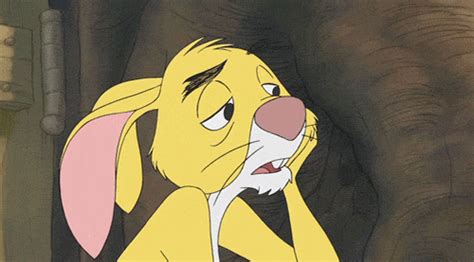Achieving a refined, minimalist look with a monochrome outfit is a hallmark of sophisticated men’s style. However, sticking solely to solid colors can sometimes feel flat. The challenge then becomes: how to introduce visual interest and personality through patterns without disrupting the elegant simplicity of a single-color palette? The answer lies in subtlety, focusing on elements that add depth rather than overt declaration.
The Power of Texture as a Pattern
One of the most effective, yet often overlooked, ways to incorporate a “pattern” is through texture. Texture creates visual depth and interest even within a single color. Imagine a charcoal suit: a smooth worsted wool is one thing, but a charcoal tweed or a subtle sharkskin weave introduces an inherent pattern that catches the light differently, adding an almost three-dimensional quality. Similarly, knitwear with varying stitches, a ribbed sweater, or even a subtly textured cotton shirt can provide this depth. This approach is particularly powerful because it doesn’t introduce a contrasting design; instead, it enhances the existing color with tactile appeal.
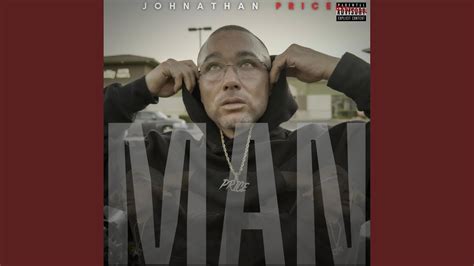
Micro-Patterns: Small but Mighty
When thinking of traditional patterns, less is often more in a monochrome context. Opt for micro-patterns that are only discernible upon closer inspection. Think pin-dot shirts, very fine pinstripes on trousers or a blazer, subtle houndstooth or glen check in a muted tone, or a tiny foulard print on a shirt. These patterns provide just enough visual break from the solid fabric without screaming for attention. For example, a crisp white shirt with a very subtle tonal stripe worn under a solid navy suit, or a charcoal sweater with a barely-there pin-dot pattern, offers sophistication without being loud. The key is that the pattern’s scale is small and its color contrast with the base fabric is minimal, often just a slightly lighter or darker shade of the same hue.
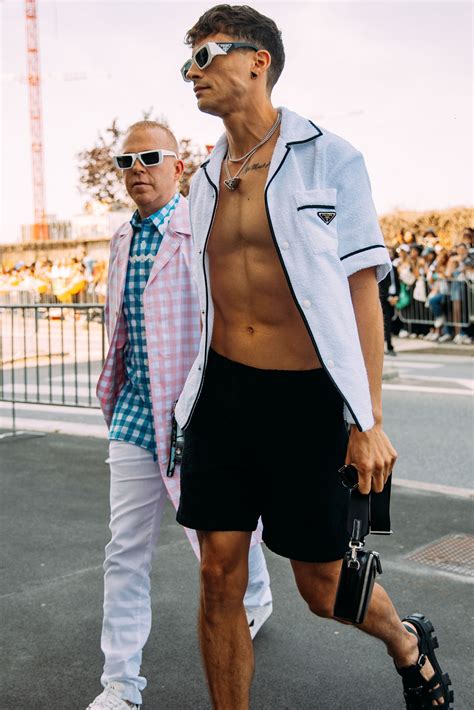
Strategic Accessory Play
Accessories are your best friends for introducing patterns subtly. A pocket square is the quintessential example. In a monochrome suit, a pocket square with a subtle paisley, floral, or geometric pattern in complementary or tonal colors can add a pop of personality. The beauty is that it’s a small element, easily removed or changed, and doesn’t dominate the outfit. Ties are another excellent option, where a solid suit can be elevated with a tie featuring a quiet grenadine weave, a subtle stripe, or a small medallion print. Even socks, when peeking out from under trousers, can offer a glimpse of a sophisticated pattern without overwhelming the overall look. The trick is to ensure the pattern’s colors harmonize with your monochrome base, perhaps picking up a slightly darker or lighter shade.
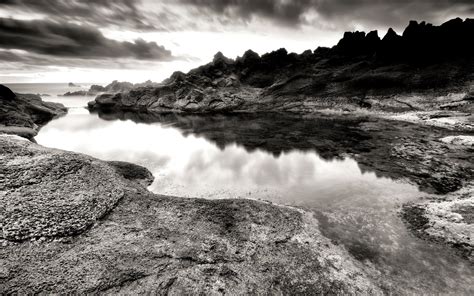
Layering for a Peek-a-Boo Effect
Utilizing layers allows for patterns to be introduced and partially concealed, creating an intriguing visual effect. Consider wearing a subtly patterned shirt under a solid crew-neck sweater or cardigan. Only the collar and cuffs (and perhaps a sliver of the pattern if unbuttoned) will be visible, hinting at the detail beneath. Another approach is to have a patterned lining in a solid blazer or jacket. When you take off your jacket or make a sweeping gesture, the flash of pattern adds an unexpected touch of flair. This “peek-a-boo” method offers a controlled introduction of pattern, maintaining the monochrome integrity while adding a stylish surprise.

Footwear Finesse
Even your shoes can contribute to subtle pattern incorporation. Brogues, for instance, feature decorative perforations (broguing) that create a distinct pattern on the leather, adding visual texture and detail without introducing color contrast. Similarly, dress shoes with subtle embossed leathers, like a croc-effect or grain leather, can provide a pattern that’s felt more than seen. Even the subtle pattern of a braided leather belt can tie into this aesthetic. These details draw the eye downward, completing the look with an often-understated touch of sophistication.
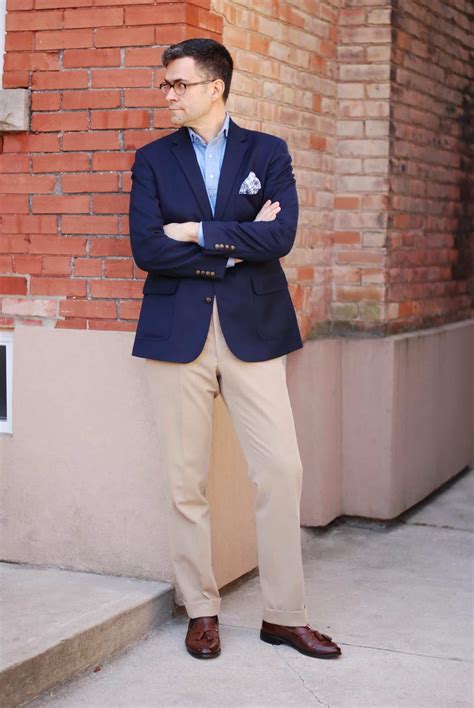
Incorporating patterns into a monochrome outfit doesn’t require bold statements or clashing colors. By focusing on texture, micro-patterns, strategic accessories, thoughtful layering, and detailed footwear, a man can elevate his minimalist aesthetic, adding depth, personality, and sophisticated visual interest without ever overwhelming the cohesive, single-color foundation. The goal is to create intrigue, not distraction, proving that true style often lies in the most subtle details.




